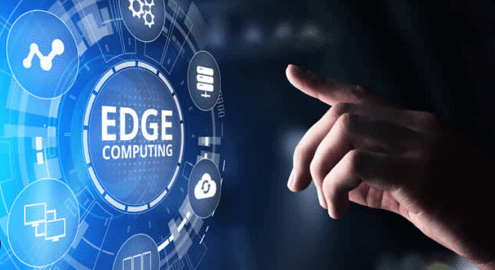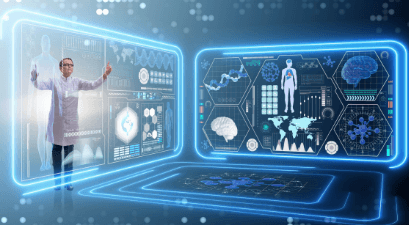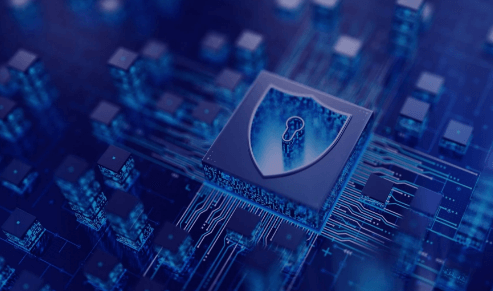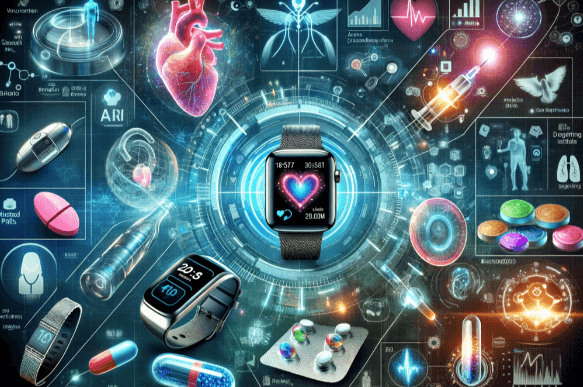Digital Twins: What They Are and How They’re Used
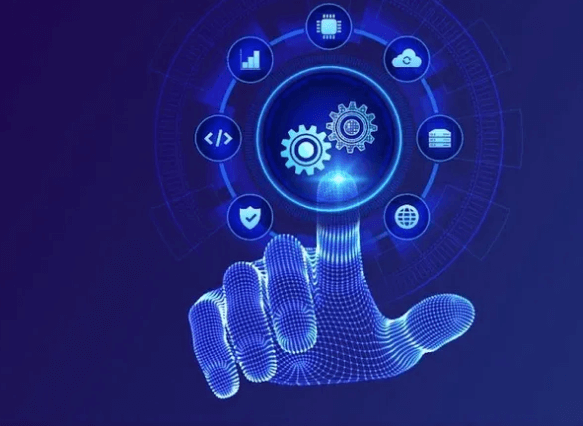
Digital twins are sophisticated virtual models that replicate physical assets or systems with real-time data synchronization. They serve as powerful tools for monitoring, analysis, and simulation, enabling predictive insights and operational optimization. As technology advances, their application expands across industries, integrating AI and analytics. Understanding their core functionalities and future potential requires examining the underlying technologies and emerging challenges, which are shaping the trajectory of this transformative digital paradigm.
Understanding the Concept of Digital Twins
What precisely defines a digital twin within the context of modern technology? It is a sophisticated virtual modeling system that mirrors physical assets through continuous data synchronization.
This dynamic linkage enables real-time analysis, empowering users with insights and control.
Digital twins facilitate autonomous decision-making, fostering innovation and freedom in managing complex systems without physical constraints.
Key Technologies Behind Digital Twins
The effective implementation of digital twins relies on a convergence of advanced technological components that enable accurate modeling and real-time synchronization. Virtual modeling constructs comprehensive digital representations.
Meanwhile, sensor integration provides continuous data streams, ensuring dynamic responsiveness. Together, these core technologies form the backbone of digital twin systems, facilitating precise simulation, analysis, and decision-making in complex, adaptable environments.
Practical Applications Across Industries
Digital twins have become a transformative technology across diverse industries by enabling detailed virtual environments that mirror real-world assets and processes.
Through continuous data synchronization, these virtual models facilitate real-time monitoring, predictive maintenance, and optimization.
This technical integration empowers stakeholders to analyze complex systems, enhance operational efficiency, and make informed decisions with greater autonomy and precision.
See also: Cybersecurity Trends to Watch in 2025
Future Trends and Challenges in Digital Twin Development
Emerging trends in digital twin development indicate a trajectory toward greater integration of artificial intelligence, enhanced data analytics, and increased scalability to accommodate complex systems.
However, these advancements pose significant challenges in ethical considerations and data security, emphasizing the need for robust frameworks to ensure privacy, mitigate risks, and uphold transparency as digital twins evolve into autonomous, influential tools across sectors.
Conclusion
Digital twins serve as the digital heartbeat of modern industry, bridging the physical and virtual realms with precision. As they evolve, their integration with AI and analytics will drive smarter, more autonomous systems. However, navigating data security and ethical considerations remains essential. Like a double-edged sword, digital twins offer immense potential for innovation while demanding careful management to harness their full capabilities responsibly. Their trajectory heralds a transformative era in operational excellence.
